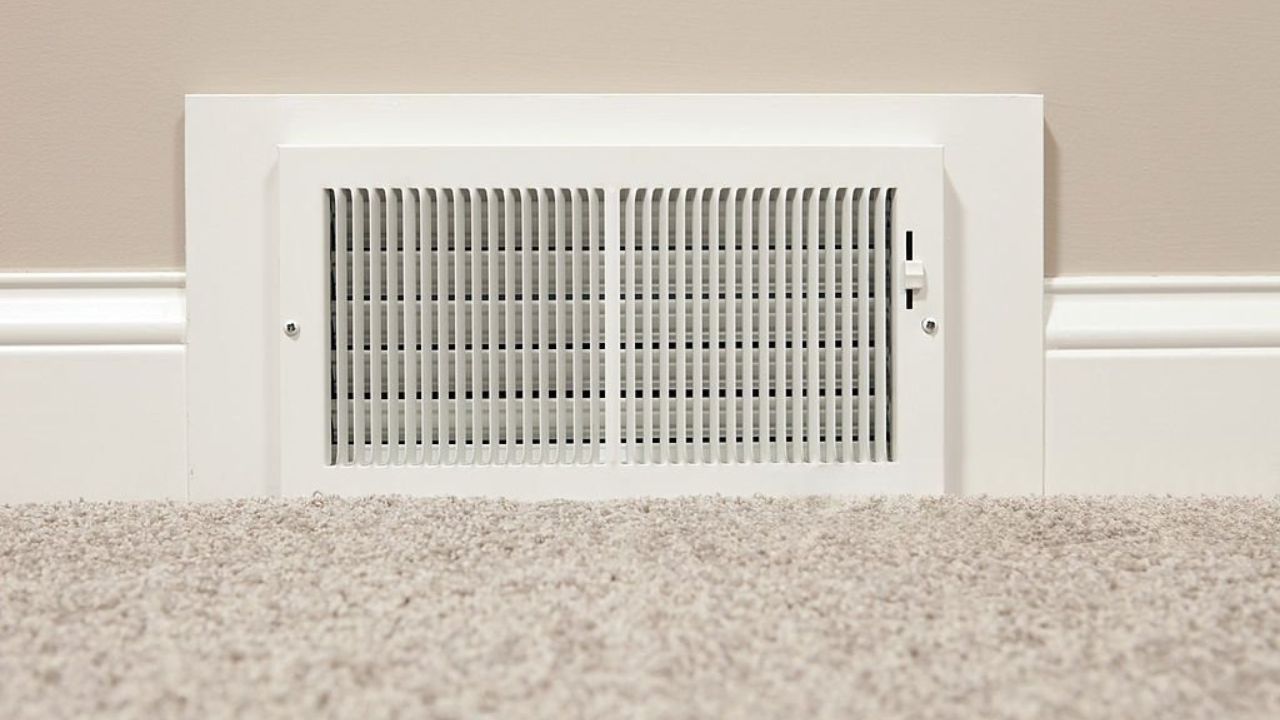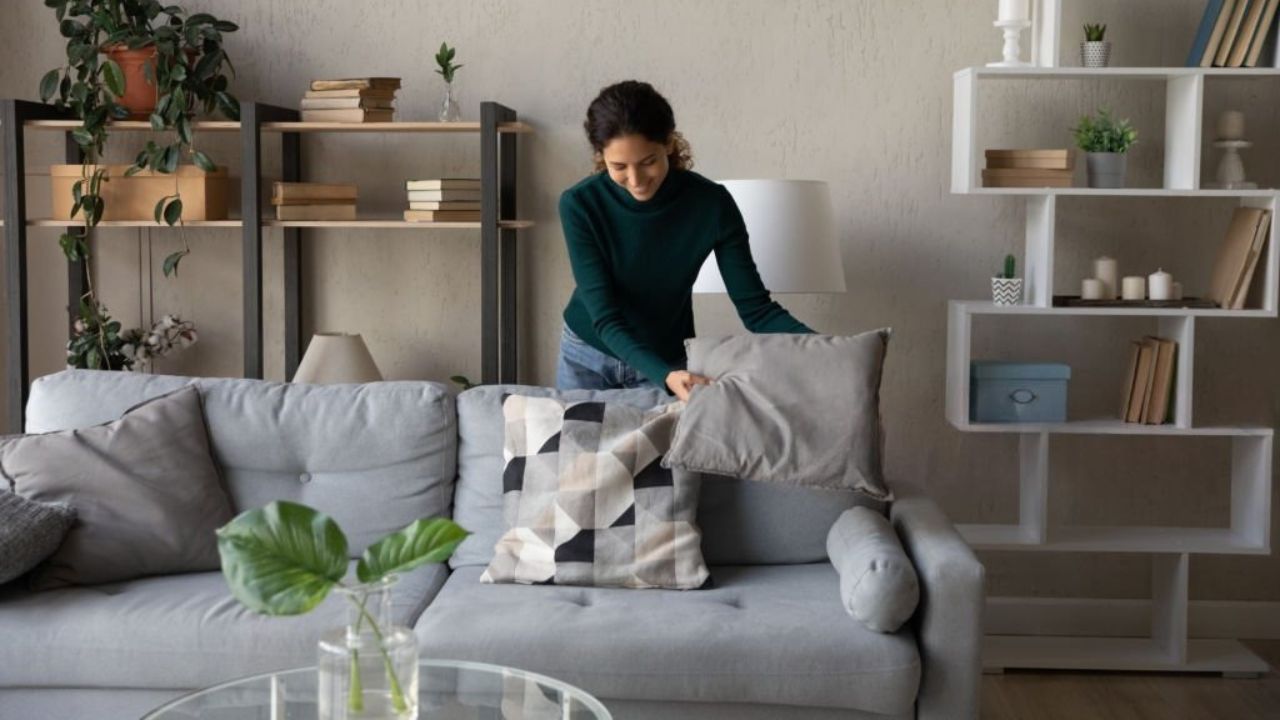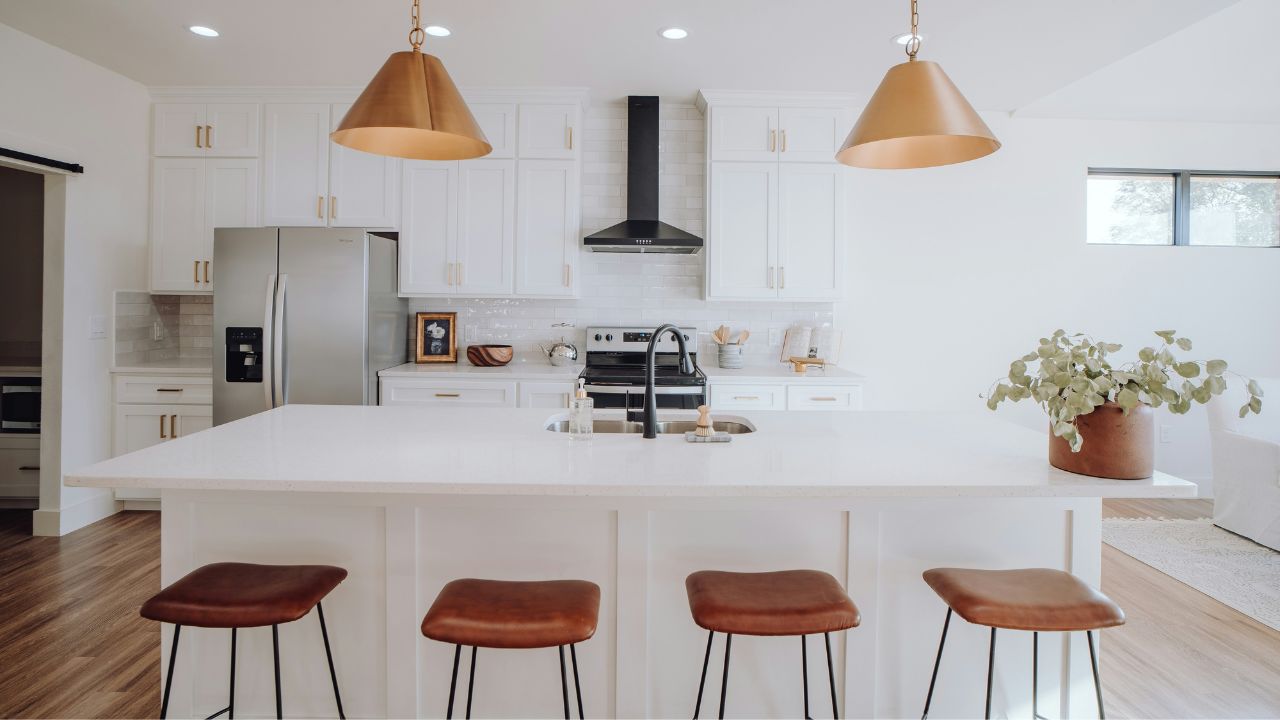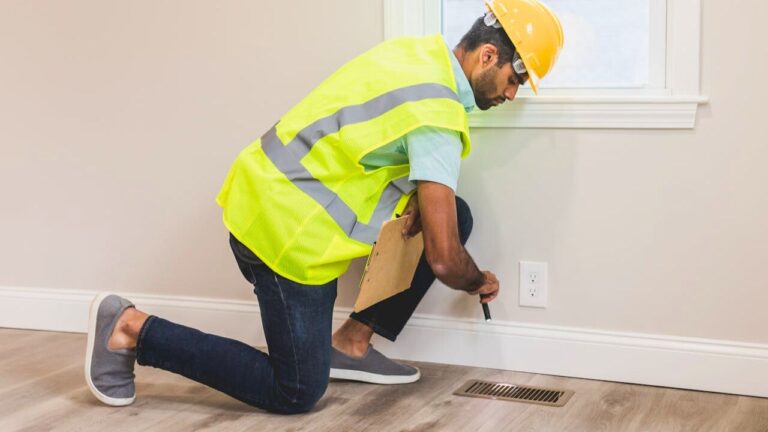You invest in the big showpieces—but forgot the finishing touch that matters
Statement lights, fresh countertops, new flooring—those are the headliners. But a house never feels complete without the quiet steps that wrap a room up. Think edge work, alignment, and the parts people touch every day. Skip those, and even a beautiful space feels halfway done.
The “finishing touch” isn’t one thing. It’s a checklist of small fixes that add up to a finished feel. Here’s how to close the loop on upgrades you’ve already made so the room finally looks resolved.
Trim, caulk, and paint lines that are actually clean
Your eye reads edges first. If baseboard caulk is cracked or corners are gapped, the whole wall feels tired. Use paintable caulk where trim meets wall and at baseboard joints. Sand and touch up scuffs with the original sheen. Run a sharp line where wall meets ceiling—wobbly cuts pull attention even if the color is perfect.
Try this: Do a flashlight pass at night along baseboards and door casings. The raking light reveals every gap. Fill, dry, and paint the next day.
Matching switch plates and outlets
Nothing shouts “unfinished” like yellowed outlets on a freshly painted wall. Swap plates to brand-new white (or color-match to the wall), and replace any outlets that don’t grip plugs well. In high-impact spots, consider screwless plates for a clean face.
Try this: Standardize plate style in open sightlines so living room, hall, and kitchen match. It’s one of the cheapest visual upgrades in the house.
Lightbulbs with one color temperature
New fixtures won’t help if half your bulbs are cool white and the rest are warm. Pick one temperature (2700K to 3000K for most homes) and replace bulbs across rooms that connect. Dimmer-compatible bulbs prevent flicker and help you tune the mood.
Try this: Put a note in your phone with brand, wattage equivalent, and Kelvin number. Reorder the same bulbs every time.
Vents, returns, and registers that don’t distract

Dusty HVAC returns and dented floor registers downgrade even nice flooring. Remove and wash grilles, vacuum behind them, and repaint if needed. In main rooms, metal registers that match your hardware look intentional.
Try this: Buy two sets of return covers for the most visible walls. Swap and wash seasonally so they never get caked with dust.
Door hardware that lines up and works smoothly
Loose levers, tarnished strikes, or squeaky hinges are small, daily annoyances that read as neglect. Tighten set screws, adjust strikes so doors latch with a light push, and oil squeaks. If finishes are mixed, start with entries and bathrooms, then work outward.
Try this: Blue-tape every latch or hinge noise during a walkthrough. Fix them in one go with a driver, graphite, and a few replacement screws.
Outlets, cords, and wire management
A wall-mounted TV with visible cords undercuts every other upgrade in the room. Hide wires in a cord channel or run them behind the wall with an in-wall power kit. For desks and consoles, add an under-surface cable tray and use Velcro ties to bundle extra length.
Try this: Photograph every seating area from guest height. If you see a cord, manage it.
Rugs that fit the seating layout
A too-small rug makes a room feel cheap. For living rooms, front legs of all seating should sit on the rug; in dining rooms, the rug should extend 24 inches beyond the table on all sides. If budget is tight, choose a durable flatweave or indoor-outdoor option in a larger size.
Try this: Before buying, outline target rug dimensions with painter’s tape to confirm walkways and chair pull-back clearance.
The reset routine that keeps it polished

Even perfect edges won’t save a room that’s always mid-mess. Create a 10-minute nightly reset: clear surfaces, fold throws, fluff cushions, and return remotes to a tray. High-end homes look put together because someone maintains them, not because nothing ever gets used.
Try this: Keep a small bin in each room labeled “go home.” During the reset, toss out-of-place items in the bin and redistribute once a week.
Seal the whole impression
When corners are crisp, plates match, bulbs agree, and wires disappear, your big showpieces finally look like they belong. That’s the finishing touch that matters—the quiet work that lets your main upgrades shine.
Like Fix It Homestead’s content? Be sure to follow us.
- I made Joanna Gaines’s Friendsgiving casserole and here is what I would keep
- Pump Shotguns That Jam the Moment You Actually Need Them
- The First 5 Things Guests Notice About Your Living Room at Christmas
- What Caliber Works Best for Groundhogs, Armadillos, and Other Digging Pests?
- Rifles worth keeping by the back door on any rural property
*This article was developed with AI-powered tools and has been carefully reviewed by our editors.







